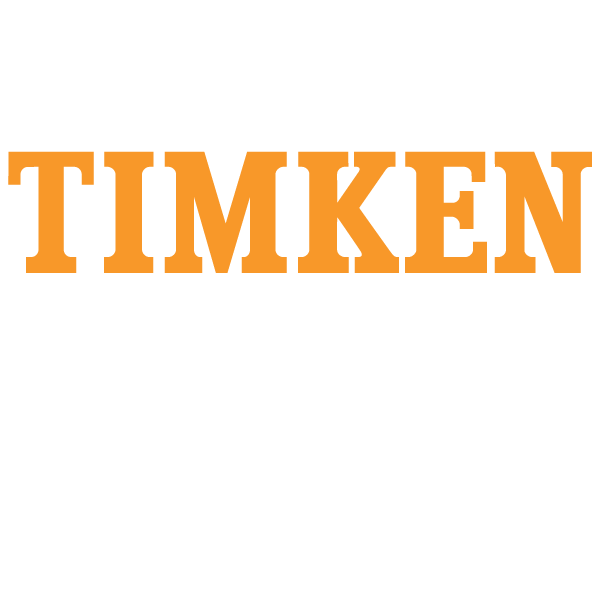

PART-NUMBERING SYSTEMS
TAPERED ROLLER BEARINGS 66 TIMKEN TAPERED ROLLER BEARING CATALOG
PART-NUMBERING SYSTEMS FOR RADIAL TAPERED ROLLER BEARINGS
HOW TO IDENTIFY YOUR PART NUMBER
The part-numbering systems for single-row radial tapered roller bearings (type TS) are internationally recognized. Several part-numbering systems have been developed that can be classified according to metric or inch systems. Inch system bearings are normally assigned individual part numbers for the inner ring and for the outer ring, whereas ISO (metric) bearings are assigned a unique part number for the bearing assembly as a whole, which includes both inner and outer ring.
INCH PART-NUMBERING SYSTEMS
ORIGINAL INCH PART-NUMBERING SYSTEM
The original system developed by The Timken Company was based on a family of bearings designed around a common roller. Varying the number of rollers and the angle of the raceways allows different bearings to be designed for predominantly radial loads (shallow angle) or thrust loads (steep angle). For example, all the tapered roller bearings in the 500 family use the same roller. However, the 595 Series has a steep angle and 24 rollers while the 525 Series has a shallow angle and 15 rollers. Individual part numbers are assigned to the inner and outer rings. Although there are exceptions, the general rule is that the outer ring has a part number that is lower than that of the inner ring.
NOTE: ISO 355 is a dimensional plan for metric tapered roller bearings. See page 72 for more details on ISO 355.
Fig. 25. Part-numbering standards.
BEARING SERIES
In all the part-numbering systems, the term bearing series is used to describe bearings having the same basic internal geometry (e.g. roller size, inner-ring and outer-ring angles). Any inner ring (including roller set) can be matched with any outer ring within the same series providing that the same type of bearing is being used.
INCH METRIC ISO 355 ORIGINAL ABMA J-LINE ORIGINAL METRIC J-PREFIX
Previous Page
